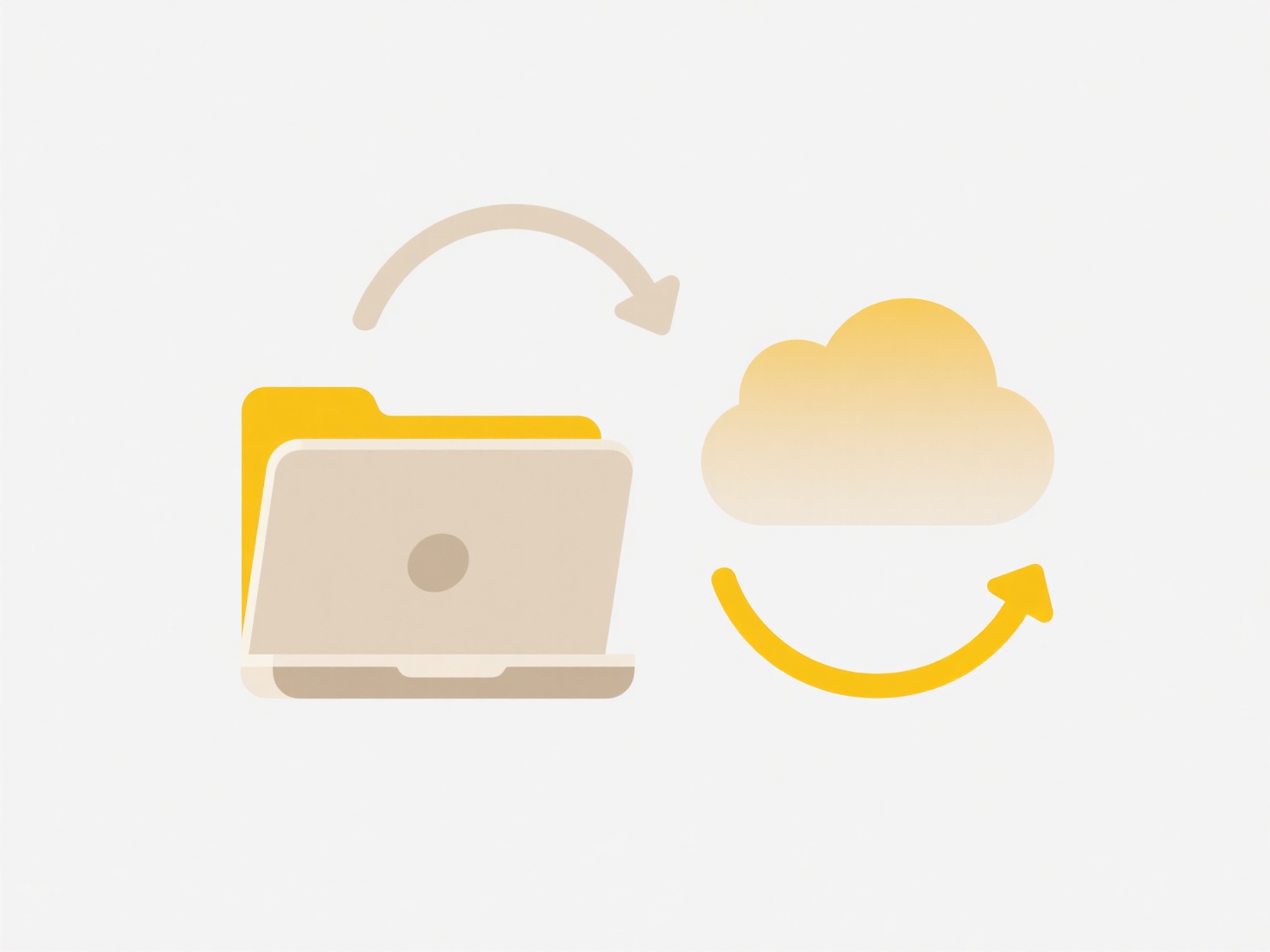
Capitalizing all file names in a folder means converting every letter within the name of each file (e.g., "report.txt" to "REPORT.TXT") to uppercase format automatically. This differs from manual renaming (changing each name individually) or other transformations like title case. Operating systems lack a built-in, one-click feature for this specific task, so it typically requires executing a small script or using specialized batch renaming tools.
For example, on Windows, you can open PowerShell, navigate to your target folder, and run Get-ChildItem | Rename-Item -NewName { $_.name.ToUpper() }. On macOS or Linux, open Terminal in the relevant directory and use for f in *; do mv -- "$f" "${f^^}"; done. These commands systematically rename every file in the current folder to uppercase names.

The primary advantage is speed and consistency when processing numerous files. Limitations include the risk of overwriting existing files if different names become identical after capitalization (e.g., "readme.txt" and "Readme.txt" both become "README.TXT"), and the inability to distinguish word boundaries. Always back up files before bulk renaming operations. GUI batch renaming tools offer a safer alternative for less technical users.
How do I capitalize all file names in a folder?
Capitalizing all file names in a folder means converting every letter within the name of each file (e.g., "report.txt" to "REPORT.TXT") to uppercase format automatically. This differs from manual renaming (changing each name individually) or other transformations like title case. Operating systems lack a built-in, one-click feature for this specific task, so it typically requires executing a small script or using specialized batch renaming tools.
For example, on Windows, you can open PowerShell, navigate to your target folder, and run Get-ChildItem | Rename-Item -NewName { $_.name.ToUpper() }. On macOS or Linux, open Terminal in the relevant directory and use for f in *; do mv -- "$f" "${f^^}"; done. These commands systematically rename every file in the current folder to uppercase names.

The primary advantage is speed and consistency when processing numerous files. Limitations include the risk of overwriting existing files if different names become identical after capitalization (e.g., "readme.txt" and "Readme.txt" both become "README.TXT"), and the inability to distinguish word boundaries. Always back up files before bulk renaming operations. GUI batch renaming tools offer a safer alternative for less technical users.
Quick Article Links
Can I add a password to a compressed file?
Password protection adds a crucial security layer to compressed files like ZIP or RAR archives. During the compression p...
How often does my program auto-save?
Auto-save is a feature designed to periodically save changes made to your work automatically, without requiring manual i...
How do I manage signed vs unsigned contracts?
Signed contracts are final, legally binding agreements where all parties have provided approval, typically through physi...